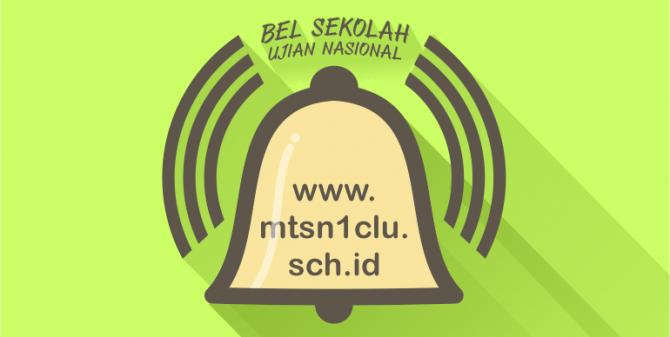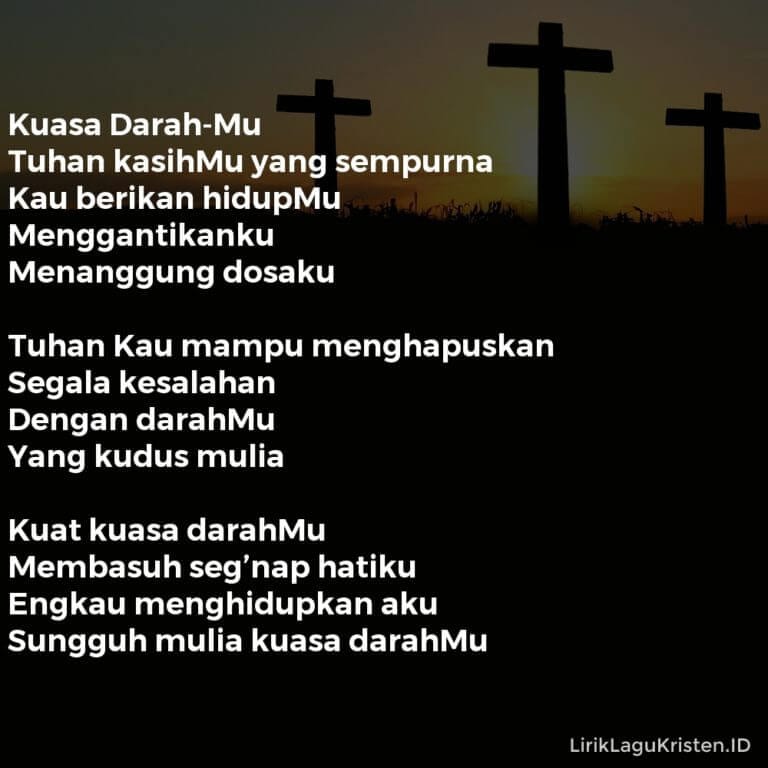

^ Kewarganegaraan, Suku Bangsa, Agama dan Bahasa Sehari-hari Penduduk Indonesia - Hasil Sensus Penduduk 2010.^ Laurie Bauer, 2007, The Linguistics Student's Handbook, Edinburgh.Jena, Germany: Max Planck Institute for the Science of Human History. ^ Hammarström, Harald Forkel, Robert Haspelmath, Martin, eds.^ Mikael Parkvall, 'Världens 100 största språk 2007' (The World's 100 Largest Languages in 2007), in Nationalencyklopedin.Madiunan dialect is spoken mainly in western part of East Java province, including Madiun, Blitar, Ngawi, Pacitan, Ponorogo, and Magetan.Blora dialect is spoken in Blora, the eastern part of Grobogan, and the western part of Ngawi.Eastern North-Coast dialect, or dhialèk Muria, is spoken in Jepara, Rembang, Kudus, Pati, and also in Tuban and Bojonegoro.Semarang dialect is spoken in Semarang, Semarang regency, and also Salatiga, Demak and Kendal.Bagelen dialect is spoken in Purworejo.Kedu dialect is spoken in the former Kedu residency, including: Temanggung, Kebumen, Magelang, and Wonosobo.Pekalongan dialect is spoken in Pekalongan and Pekalongan regency, and also in Pemalang.Mataraman dialect / Standard dialect is spoken commonly in Yogyakarta, Surakarta, Klaten, Karanganyar, Wonogiri, Sukoharjo, Sragen, and Boyolali.For example, Javanese spoken in the Madiun region (along with Javanese spoken in Blitar, Ponorogo, Pacitan, and Tulungagung, and central parts of Kediri) bears a strong influence of Surakarta Javanese. Ĭentral Javanese is also used in the western part of East Java province. The term is from Sanskrit krama ('in order'). It is used by persons of lower status to persons of higher status, such as young people to their elders, or subordinates to bosses and it is the official style for public speeches, announcements, etc. It is used between those of the same status when they do not wish to be informal. The term is from Sanskrit madhya ('middle').

Strangers on the street would use it, where status differences may be unknown and one wants to be neither too formal nor too informal. It is also used by persons of higher status (such as elders, or bosses) addressing those of lower status (young people, or subordinates in the workplace). Informal speech, used between friends and close relatives.

Each employs its own vocabulary, grammatical rules, and even prosody. In Austronesian there are often three distinct styles or registers. In common with other Austronesian languages, Javanese is spoken differently depending on the social context.


 0 kommentar(er)
0 kommentar(er)
